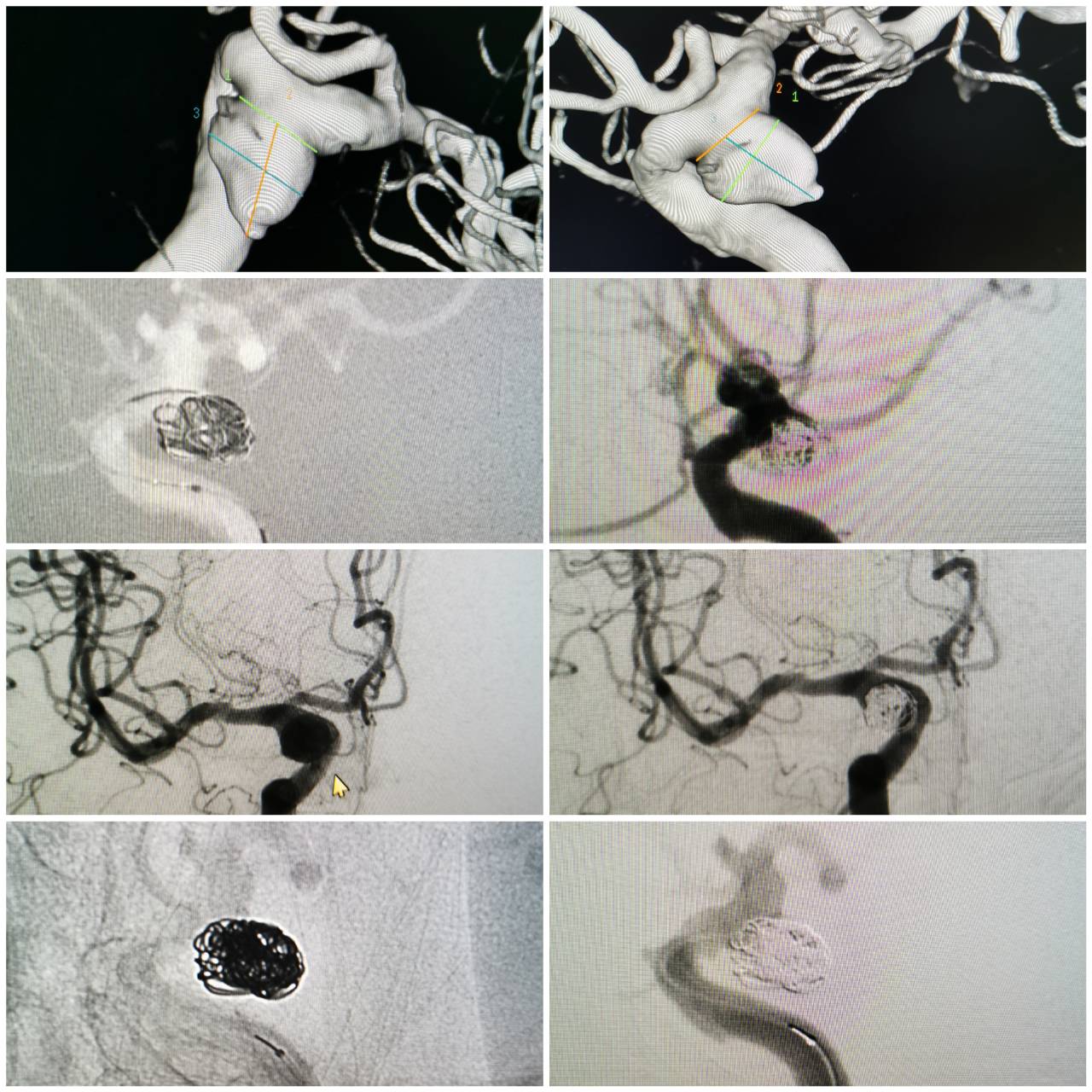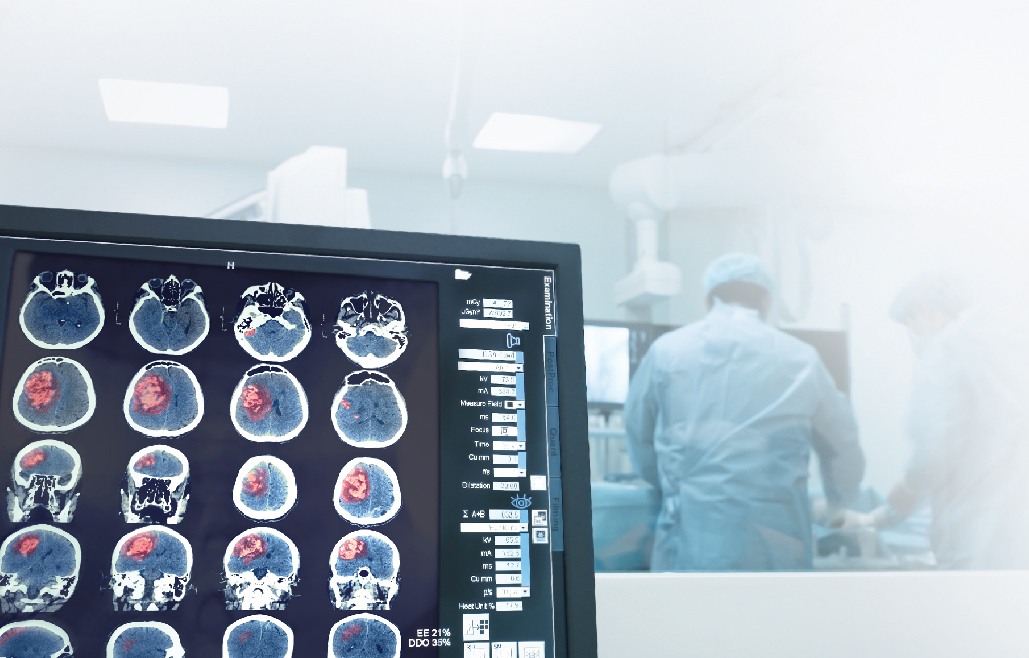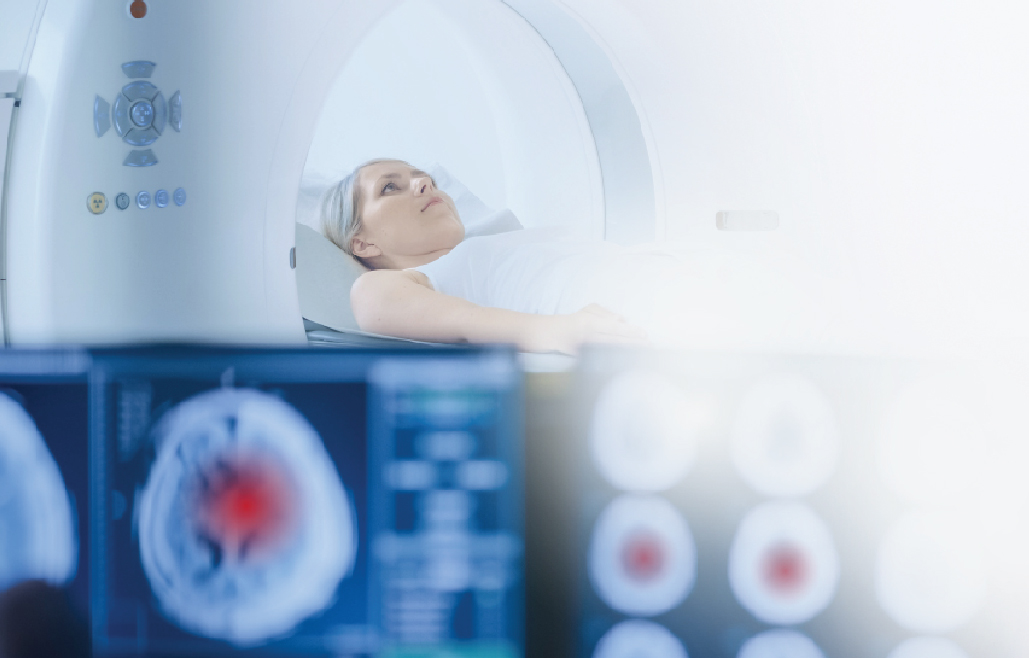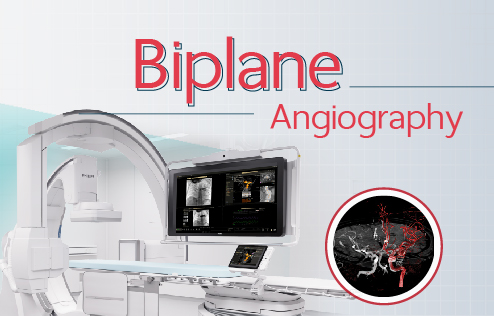Safe and scar-free techniques for treating Cerebral Aneurysms
Center : Neurology Center
Article by : Assist. Prof. Ittichai Sakarunchai

Cerebral aneurysm is considered a silent danger that is as dangerous as ischemic stroke. It is a slowly progressing disease with no symptoms and little to no warning signs. Therefore, there is a high risk of causing the aneurysm to burst. When a patient has a ruptured brain aneurysm, this caused a severe bleeding in the brain, causing a relatively high death rate. On the other hand, detecting a brain aneurysm before it ruptures and treating it promptly can reduce the rate of death or paralysis. At present, the treatment of cerebral aneurysms or a ruptured blood vessel in the meninges, can be done without surgery. By a catheter procedure by releasing a coil that allows precise closure of abnormal blood flow in a blood vessel, it is safe, without incision, and the patient can go home quickly.
Choose to read by topic:
How do you know you have a brain aneurysm?
This condition will be known only when you have symptoms that have already been mentioned include:
- Groups with large brain aneurysms will have symptoms such as droopy eyelids, blurred vision, headaches, or blood clots in the peripheral cerebral arteries. Causes symptoms of limb weakness, numbness, crooked mouth, stiff tongue, etc.
- Group with ruptured brain aneurysm causing subarachnoid hemorrhage causes severe and acute pain in the head and neck area, nausea, vomiting, loss of consciousness after the headache or convulsions. When its recovers, it will still have severe headache and neck pain. If the bleeding doesn’t stop, it will cause the immediate death.
If you have the symptoms mentioned above and initially diagnosed that it might be a brain aneurysm. The doctor will be able to perform other special examinations such as brain computerized tomography (CT scan), magnetic resonance imaging (MRI), and cerebral angiography using contrast material injection (Cerebral Angiography). The last method will help determine Cerebral aneurysms are the most obvious.


Treat cerebral aneurysms without surgery
Coil Embolization is a procedure, performed, in which platinum coils are inserted into an aneurysm so that blood can no longer flow through. A treatment option for brain aneurysms that does not require surgery. The principle of treatment is to prevent blood from flowing into the bulb of the cerebral aneurysm. It can be performed in patients with unruptured brain aneurysms and a ruptured brain aneurysm that causes bleeding into the meninges. Suitability for this procedure depends on each patient.
How to treat Coil Embolization
Coil Embolization using a catheter into a blood vessel and releasing a coil to block the brain aneurysm is a procedure done through the blood vessel in the groin or wrist to the brain and guided by a radiograph between treatment and stops in the blood vessel before reaching the aneurysm. A small catheter is then used. Passes into the point of the aneurysm. Then a metal coil is inserted inside. The metal stent that is inserted stops the blood flow through the aneurysm and stimulates the formation of blood clots inside, clogging the aneurysm and does not cause repeated bleeding.
Improving the treatment of cerebrovascular aneurysm patients with biplanes.
Treatment of patients with cerebral aneurysms using a biplane Biplane Digital Subtraction Angiography (DSA) machine or an X-ray machine for diagnosing and treating vascular diseases through a biplane cerebral catheter. Able to capture vivid image of blood vessels in two planes at the same time, front and side, giving a clear like 3D image of blood vessels.
When the surgeon inserts a small catheter through a small instrument going up to the cerebral blood vessels and inject contrast material. By rotating the biplane, a vascular image can be created and the position that needs to be treated clearly. This makes it possible to insert a catheter into the area of the aneurysm and then release the coil directly into the aneurysm precisely. This is considered to be an upgrade in treatment that is safer and help patients recover faster.
Advantages of the Coil Embolization method
- No surgery needed
- Safe and secure
- No incisions (Minimal invasive surgery) and does not hurt to a patient.
- No risk complications from surgery and prolonged anesthesia
- Patients can go home quickly.
Coil Embolization is a treatment for unruptured brain aneurysms to reduce the chance of future cerebral aneurysms. Because we have no way of knowing when an aneurysm is ruptured. What effects will this have on the patient? If you have a headache of that type or never experienced severe pain like this before. See a Neurologist immediately for proper diagnosis and treatment.


Assist. Prof. Ittichai Sakarunchai
Neurological Surgery / Interventional Neuroradiology
Neurology Center





